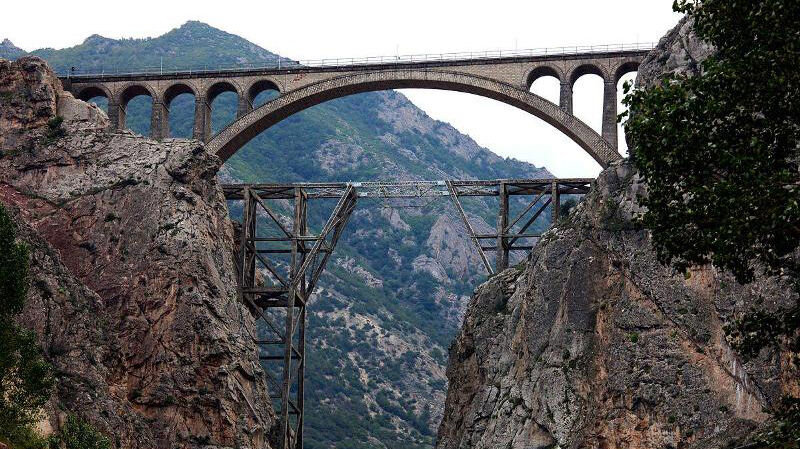Iranian documentary wins award at Grand Off festival

TEHRAN-Iranian documentary “Austrian Bridge” directed by Ahmad Azad received an award at the 17th edition of Grand OFF - World Independent Film Awards, which came to an end in Warsaw, Poland, on Monday.
The film won the best cinematography award, honoring its cinematographer Reza Heidaripanah, ISNA reported on Tuesday.
"Austrian Bridge" follows the story of Veresk Bridge, which spans two cliffs in the Abbasabad area, connects the railways of Tehran to the Caspian Sea region. The arch bridge is one of the masterpieces of engineering of the 20th century.
The film explores the impact of this architectural marvel on both above-ground and underground structures in transportation systems worldwide. It delves into the intriguing influence of this architecture while also recounting the legends and tales from nearly a century of the bridge's history, deeply rooted in the culture, music, and literature of northern Iranian province of Mazandaran.
The construction of Veresk Bridge began in 1934, a few years before the outbreak of World War II. In 1936, during the rule of Reza Shah, the bridge was officially inaugurated in Savadkuh, the hometown of the Shah himself.
Stories have been passed down regarding the inauguration ceremony, where Shah requested foreign engineers and their families to stand beneath the bridge as the first train crossed over. This gesture aimed to alleviate fears among the public, who were concerned about the bridge's ability to withstand the weight of a passing train.
Regarded as one of the exceptional achievements of the Danish engineering firm Kampsax, which comprised Danish, German, and Austrian engineers, Veresk Bridge played a significant role in the extensive Trans-Iranian Railway network in northern Iran. Numerous craftsmen from different nationalities, including Swiss and Italian individuals, contributed to the construction of this remarkable bridge.
Adjacent to the bridge stands a memorial structure erected in honor of the construction workers who tragically lost their lives during the bridge's construction, as well as in the nearby tunnels. Walter Aigner, the Austrian Chief Engineer, rests in the local Veresk cemetery, in accordance with his last wishes.
Beneath the bridge lies a tunnel that trains pass through after crossing the bridge, gradually descending in altitude before reaching the train station.
Veresk Bridge is also commonly referred to as the Pol-e Piroozi, meaning "The Bridge of Victory." This name has its roots in the events of World War II when Iran provided crucial support to the besieged Soviet Union against German forces. During this time, the Allies used the rail route to transport supplies and troops to Russia, solidifying the bridge's symbolic significance.
SAB/
Leave a Comment